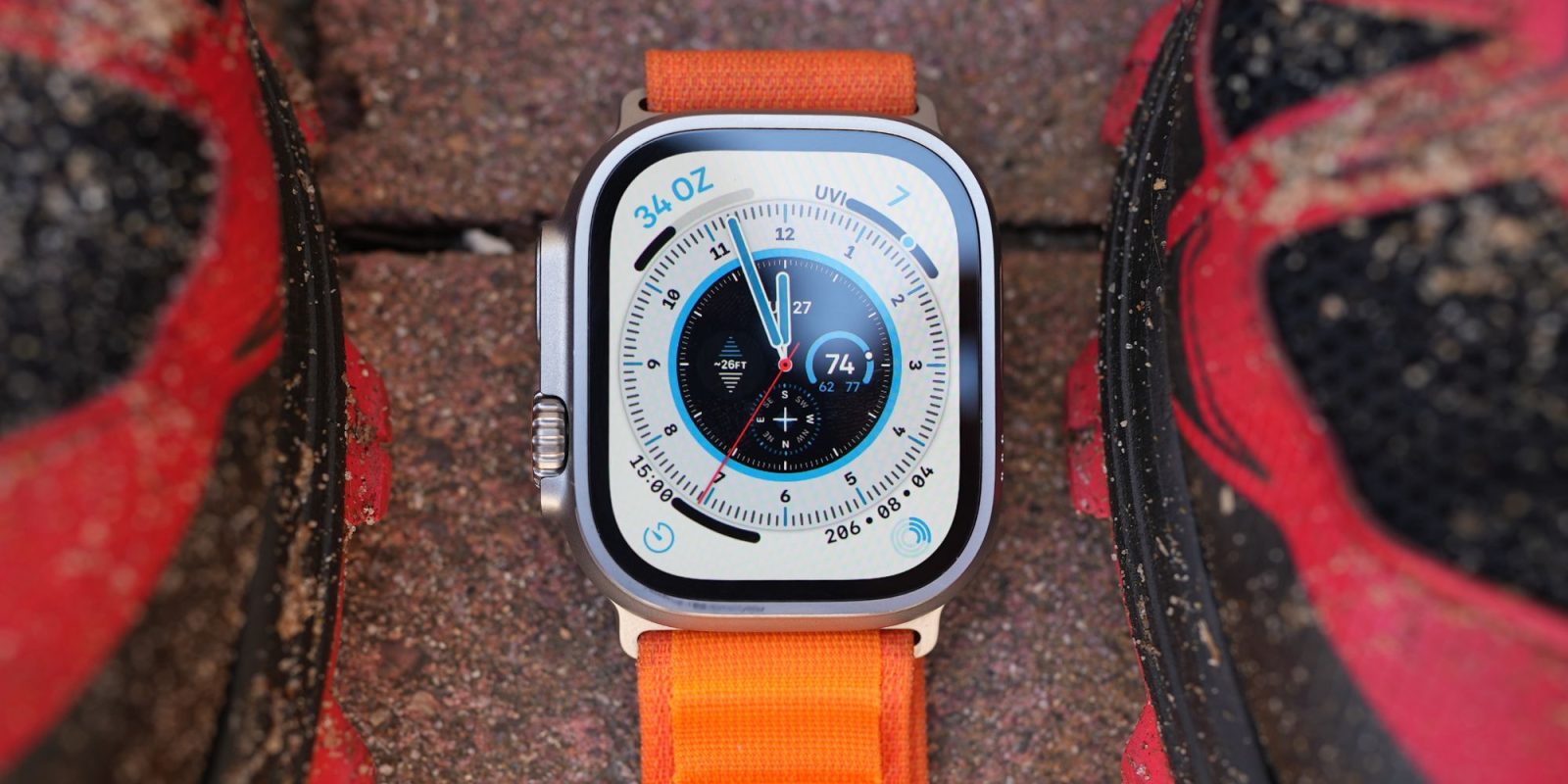
The Apple Watch Ultra is one of the most exciting new smart watches to be released this year. While it is an extremely nice smart watch, it still is missing a lot of the utility included in most higher end sports watches.
For the very first time, Apple seems to have started taking fitness more seriously.
The new OS9 update added significantly more fitness and sport features: the ability to build your own custom workouts, new metrics like heart rate zones and power output, customizable workout display screens, and of course, the very cool-looking updated compass app for improved navigation.
On top of all that, the new Apple Watch Ultra is the only device to take all these new fitness features and provide the hardware needed for fitness enthusiasts and athletes to use them.
This includes upgrades found on the Apple Watch Ultra like:
- Additional button for precision starts
- Dual GPS for improved accuracy
- Larger, brighter screen that makes it easier to see metrics while working out
- Improved mic and louder speakers for easier calls and better audio while on the go or in bad weather
- Siren to help call out and get attention in the case of an emergency
- Battery life which is at least double that of the regular Apple Watch – easily the most important upgrade.
And while all that is great, and makes it by far my favorite Apple Watch, it is still, at its core, a smart watch. Meaning, it’s not truly designed as a sports watch and is missing many critical components that, even for recreational athletes, make it a far inferior alternative to more dedicated sports GPS watches, like Garmin.
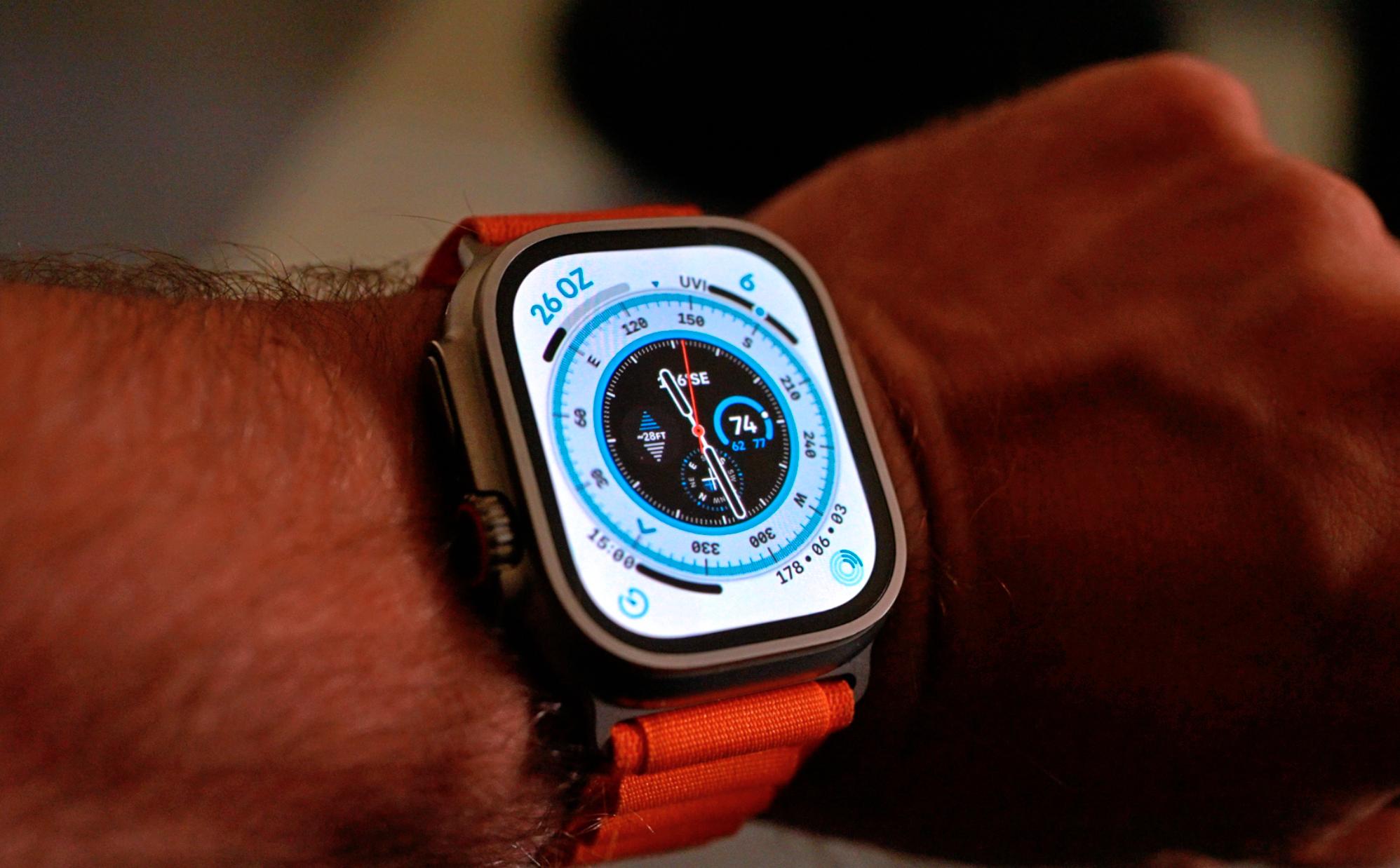
Is the Apple Watch Ultra really Ultra?
Honestly, I am a big fan of Apple products. I have an iPhone, do all my work on an iMac, use an iPad, and wear AirPods. I am heavily in their ecosystem. But, I have never been a huge fan of the Apple Watch because it has never been designed well for sports use.
So with the Apple Watch Ultra being marketed for the outdoor athlete, I was pretty excited to try it. After testing it out, I like it, but I think it’s misleading to say this is for the outdoor athlete — especially given the current state of its sports-specific features (or more accurately, lack thereof).
If you love having an Apple Watch and want the biggest, best version, and don’t care so much for the fitness features, then you should definitely get the Apple Watch Ultra. If that is you, what I have to say below won’t really apply to your decision.
But, if you are someone who is only considering the Apple Watch Ultra as your main outdoor sports GPS watch, I’ve put together a list of six aspects of the Apple Watch Ultra that you need to review.
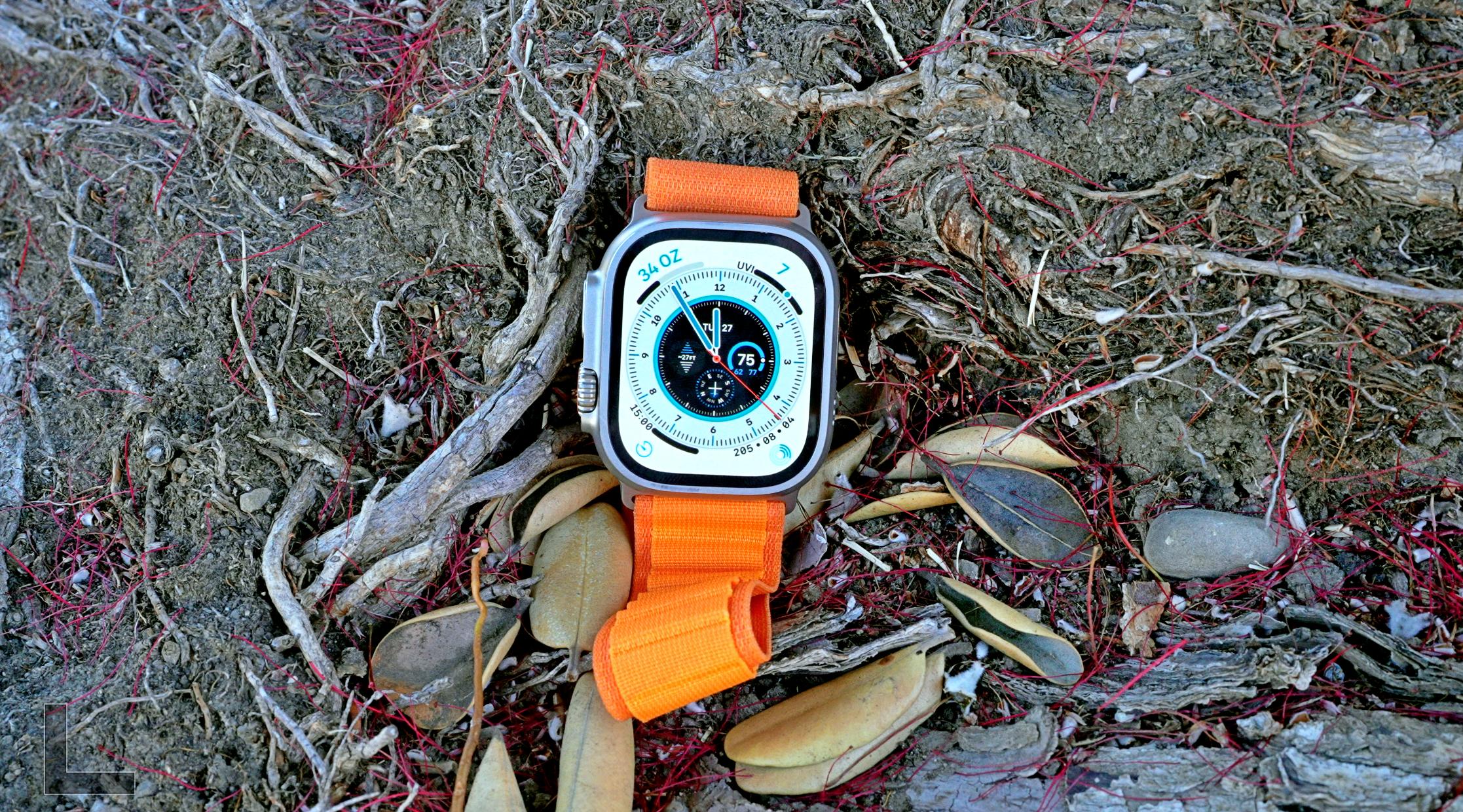
Apple Watch Ultra navigation
One of the big new updates with Watch OS9 is the new compass app. It offers the ability to add waypoints and even backtrack your steps to be able to retrace your route, something valuable should you have trouble finding your way back.
While those features are a big improvement, it’s not very practical and doesn’t have actual offline maps and navigation. The compass is not integrated into the fitness app, so you have to start both the fitness app and backtracking separately. Then, you have to switch back and forth between the two apps as needed. Basically, not being able to see your metrics while backtracking is not very practical.
This is a far inferior and, pretty much, out-of-date approach for most sport purposes. If you are running a trail or mountain biking, using that compass tool is too cumbersome. In fact, it feels pretty much obsolete when compared to more modern route navigation.
Most sport GPS watches, at a minimum, give you a breadcrumb to follow along with on a map and alert you when you are off course. And at their best, like on Garmin, you get upcoming fork alerts that point you to where you should be going at all times.
For example, I took a trail this weekend with both the Garmin and Apple Watch Ultra, and everything else aside, this was the one deficit that made me think, “Yeah, there’s no way I could even consider using the Apple Watch Ultra until it has navigation.” It’s a huge dealbreaker and one of the main reasons it’s hard to take the Apple Watch Ultra seriously as a sports watch at this point.

Workout screen interface of the Apple Watch Ultra
Another issue is the workout screen interface. It has been improved, and it’s definitely bigger and easier to see. And, the addition of the action button with a precision start is a nice perk.
But, the interface is still poorly designed, at least in my opinion. It doesn’t give you the ability to see what you want to know quickly and easily while on go. With all the stats lined up on top of each other, it’s tough to quickly glance and tell which number is which. This is why almost no other sports watch displays metrics like this. Other watches typically break them into more customizable sections where there are more obvious size and placement differences.
You finally are able to customize some of the workout screens on the Apple Watch Ultra, but that customization is fairly limited in regard to the type of metrics you can see on any given page. And, many of the layouts are not customizable at all.

Apple Watch workout metrics
Workout metrics are another space where Apple has made some improvements with the new OS9, like adding vertical oscillation, ground contact time, and power output to the running metrics.
Those are all great, and I love to see them, especially the power output. For those of you who deal with any sort of incline, you know your pace alone isn’t the most useful metric for those situations.
But, a strange decision for the power metric is that it goes to zero when you start to walk. That isn’t a huge deal, but when you are going up a steep incline, it makes sense to have a power value as you grind through.
Despite the new features, there’s still a lot that’s not here when it comes to various workout tracking metrics. This includes one of my favorites, adjusted pace. Watches from Garmin, Coros, and others offer this, and it’s useful when gauging my efforts on runs involving elevation.
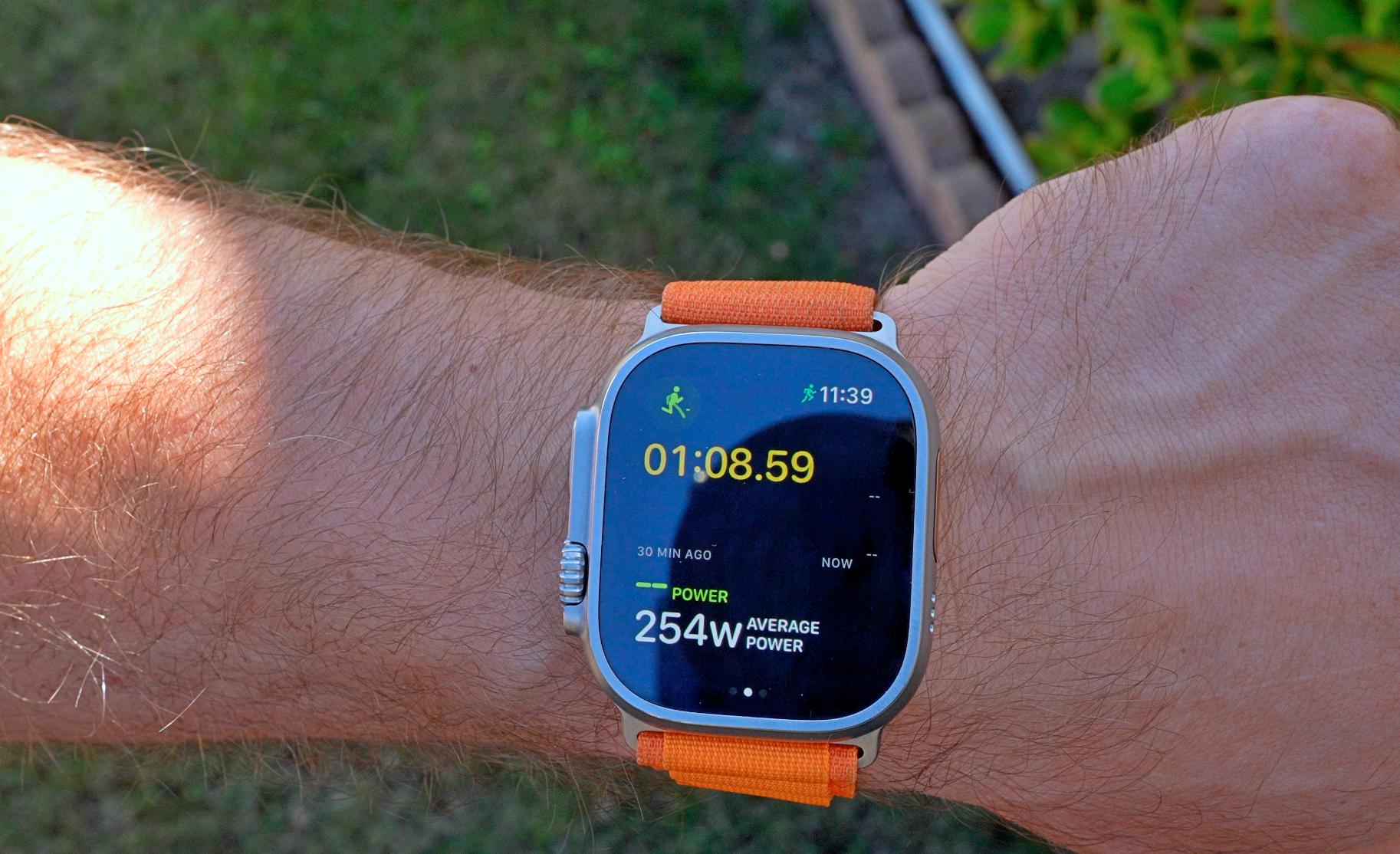
Customizing Apple Watch workouts and workout plans
Another area Apple made improvements is with custom workouts. Users are finally able to create their own workouts. But, the workout creation is very basic and offers an extremely limited toolset.
With no way to upload routes, few to no strength workout options, and no workout program planning or sharing, the Apple Watch Ultra still does not feel like a sports watch.
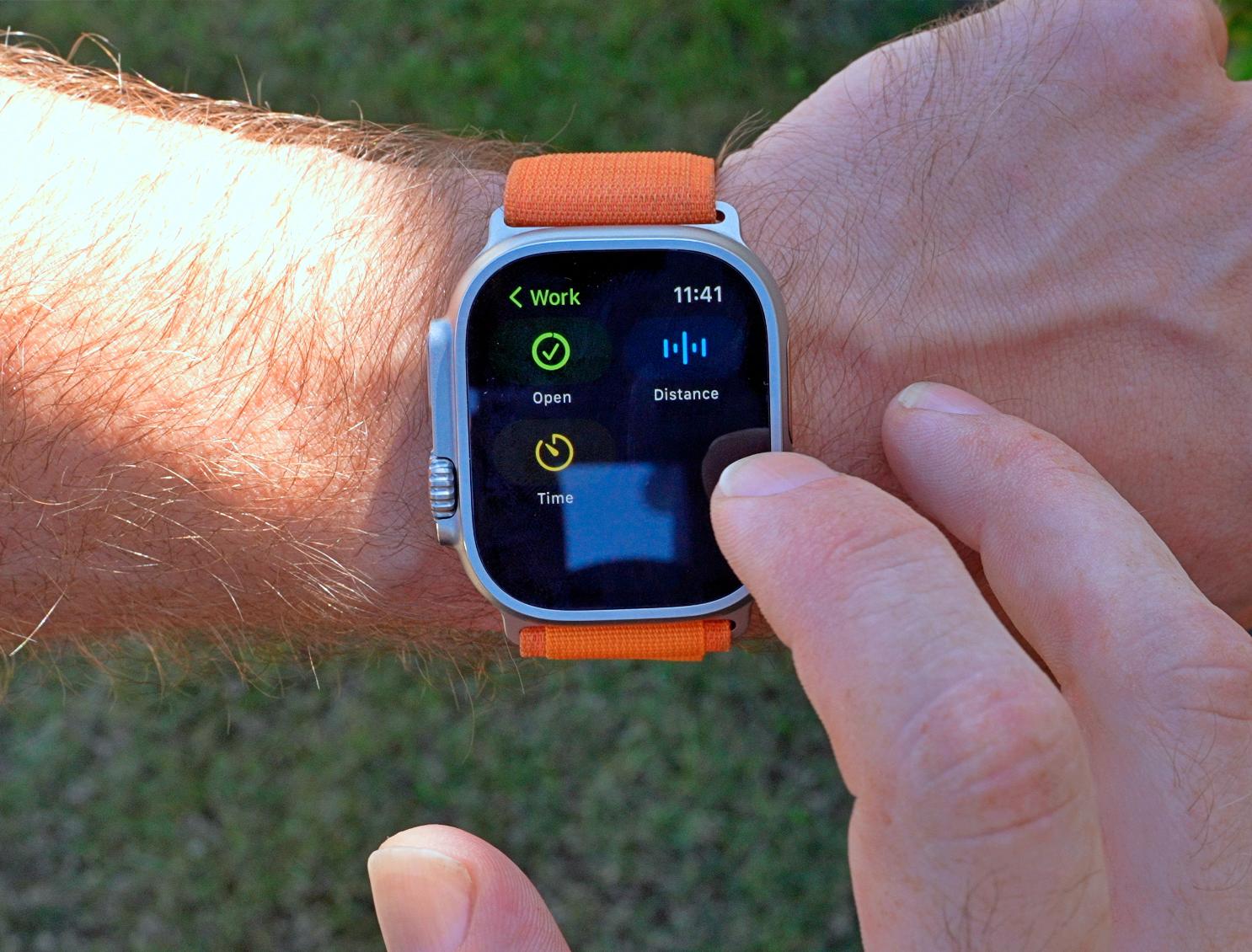
Apple Watch Ultra recovery tracking
Another aspect of fitness tracking that I find very important is the ability to analyze and update recovery. This means looking at things like resting heart rate, HRV, and sleep and workout analytics to help determine which behaviors are helping you, what state of training you are in, or how much of an effect a certain workout or series of workouts has been having on you.
All of that data can be used to better evaluate and adjust your training. However, despite the Apple Watch Ultra having the potential to do all of that, it just doesn’t. I know you can get apps that do some of these things – and even the routing and other features that I mentioned earlier – but then it’s not integrated together under one system. The integration is what makes metrics valuable, as they’re then much easier to use, understand, and implement.
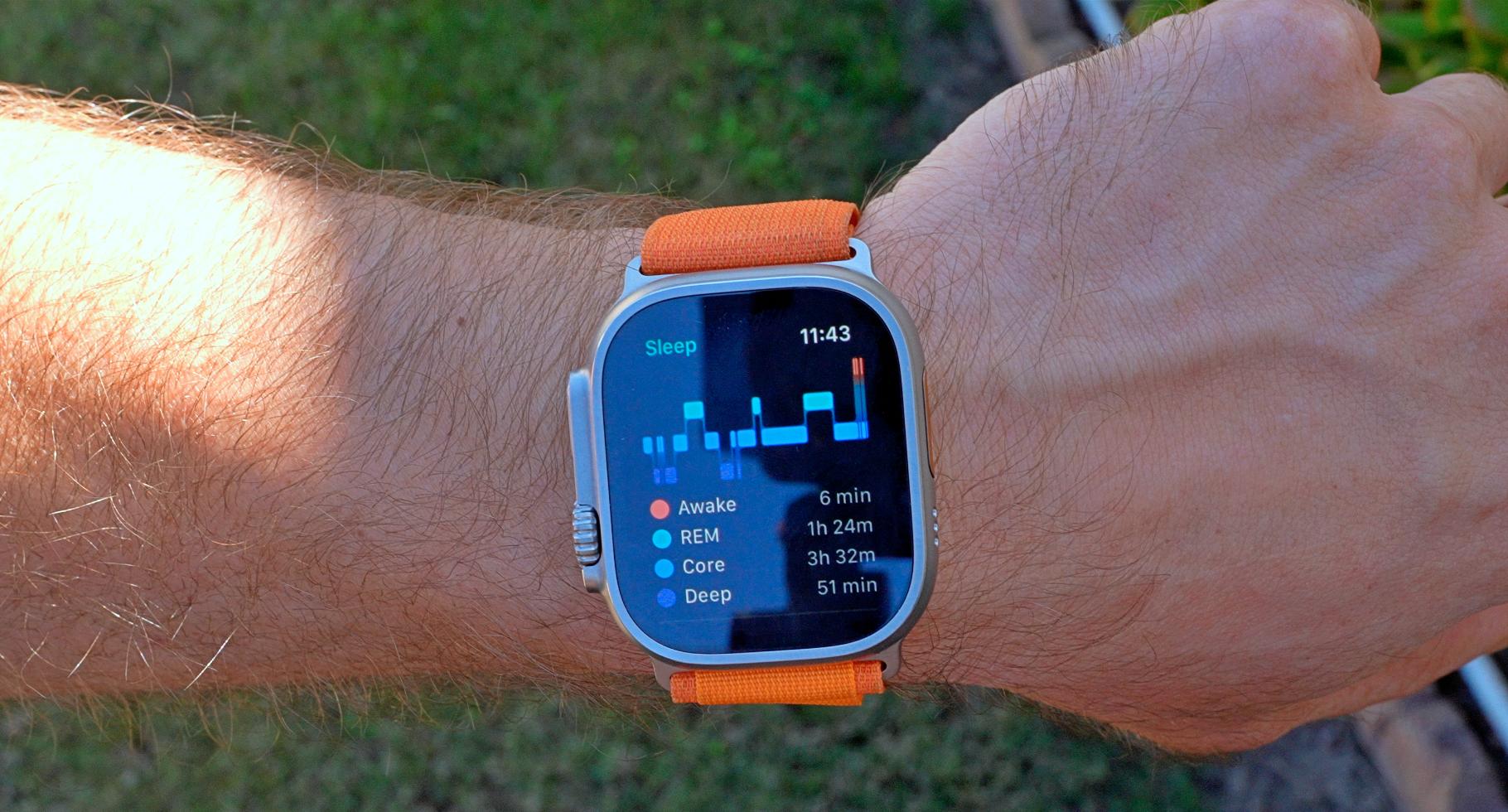
Apple Watch Ultra battery life
And finally, we come to battery life. Yes, the battery life of the Apple Watch Ultra is a huge improvement. In fact, it is likely the number one reason most people actually want the Apple Watch Ultra.
But with a two-to-three-day battery life (outside of the low power mode which can extend that), it is still much shorter than almost any actual “sports” watch.
Yes, the Apple Watch Ultra can last the length of an ultra marathon, but in reality, you will still probably end up worrying about the battery. If you are going for a weekend trip, most hikers will likely opt for a watch with a longer battery.
If you have a Garmin or Coros, or any sort of premium sports watch, you aren’t thinking about charging it except for maybe once every few weeks or once a month. It’s a much rarer occasion that the battery is low enough that charging is critical.

Apple Watch bonus issue!
I promised six, but here’s a bonus seventh issue.
As someone who likes to train on connected fitness devices, like Peloton, Hydrow, and others, it really bother me that, unlike every sports watch, Apple does not have any Bluetooth broadcast support.
This means you cannot send you heart rate to most fitness devices, unless they have the Apple Gym Kit, which very few do. In some cases, like Peloton, they do a workaround via their app so you connect to the Peloton app, and the app sends your info to the machine.
So outdoor workouts aside, even for indoor training, Apple Watch Ultra is still a bit more cumbersome than most others.
Final thoughts
Again, I love the Apple Watch Ultra as a smart watch. It has all the great things I could ever want in a smart watch. But, seeing that it is missing so many critical components of a useful, modern sports watch, I really cannot recommend it for the fitness enthusiast.
Apple is getting closer, but there is still a lot of work needed to get the Apple Watch Ultra on par with the best sport watches.
I’ll continue mixing my Apple Watch Ultra in my watch rotation, testing it and hoping some updates change my mind, but for now, if you want a sports watch, this doesn’t quite make the cut.
Buy the Apple Watch Ultra Here
FTC: We use income earning auto affiliate links. More.

Comments